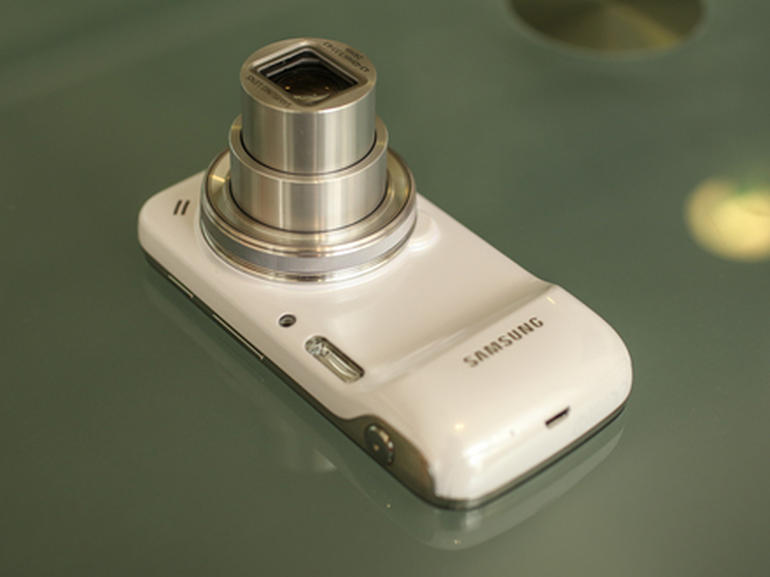The More Megapixels A Camera Has, The Better The Photos, Right?
— FACT OR FAKE?
The more megapixels the merrier or so you would gather from digital camera prices. The higher the number of megapixels, the more expensive the camera will be in comparison with others with similar features. But what are megapixels? Is more always better?
A megapixel is 1 million pixels, so a 12-megapixel photo has a resolution of about 12 million pixels. Pixels are picture elements, the tiny spots of data that make up a digital image. All photos are made up of tiny elements: from the ink dots in newspaper photos to the grains of silver or particles of colour dye in film photography. A good photo usually has millions of these elements. The more there are, the sharper and more detailed the picture is, and the harder it is to distinguish the elements from one another.
So it seems logical that more megapixels would mean a sharper photo. In truth, though, it could just mean a terrible photo made of more dots. As this NYT piece explains, a camera's lens, circuitry and sensor — not to mention your mastery of lighting, composition and the camera's controls — are far more important factors here.
Meanwhile, a camera with more megapixels usually costs more, and its photos fill up your memory card and hard drive much faster. And more densely packed pixels on a sensor chip means more heat, which can introduce speckles into low-light shots.
But you can repeat this lesson until you’re blue in the newspaper column, and some people still won’t believe you. They still worry that their 5-megapixel camera from 2005 is obsolete. They still feel sales pressure when shopping for new cameras.
In plain thinking, the higher the better. More pixels generally mean more picture detail. So wouldn't 41 megapixels be a lot better than the 36 Nikon's juggernaut D800 packs? The phone must be even better than the DSLR, or at least close, right? As this Gizmodo piece explains, nope, not even close. Not all pixels are created equally.
A phone, obviously, is much smaller than a camera—especially a big pro shooter like a Nikon or Canon DSLR. This means that phones can only accommodate a dramatically smaller sensor—the light-sucking plate that takes photons and converts them into pixels. A small sensor means that pixels themselves have to be smaller if there are going to be a lot of them, and small pixels suck. Like a crowded fraternity basement, a small, high-megapixel phone sensor creates images mired by discoloration and noise. They may be large images, in terms of the JPEG you view on your screen, but they're not precise, beautiful images.
That's why a big sensor and a nice lens—also lacking in a phone—are what you should focus on. That's what yields beautiful shots in low light settings, accurate colors, and broad dynamic range. It's these factors, not megapixelage junk-measuring contests, that you should be concerned about. A large sensor, like those found in actual cameras (and DSLRs in particular) accommodates spacious, luxurious pixels that have room to stretch out and pick up more light. This means a more accurate image—even if the megapixel number is far lower.
 gizmodo.com
gizmodo.com
A small smartphone with 41 megapixels sounds impressive, sure, and it may well take a good picture—especially given the fact that it has a sensor far larger than the average phone. But consider pixels for what they are—only part of a much larger picture, and one that can often serve up diminishing returns.
 gizmodo.com
gizmodo.com
So while a 16-megapixel smartphone camera sounds great, an 8-megapixel shooter could still produce better photos. In the similar manner, it doesn't mean that a 12-megapixel camera-phone would produce results close to what even a 10-megapixel DSLR could do.
So is the lesson, "megapixels don't matter?" Not exactly.
First of all, having some extra megapixels can be extremely useful in one important situation: cropping. You can crop out unwanted background and still have enough pixels left for a decent print. Of course, it’s better to get your composition right when you take the photo, but this is still a great trick to fall back on.
Megapixels may matter to professionals, too, especially those who produce photos for wall-size retail displays. And even in consumer cameras, there are certainly limits to the irrelevance of megapixels; my test went only to 16 by 24 inches, which is the biggest I figured most amateurs would go.

